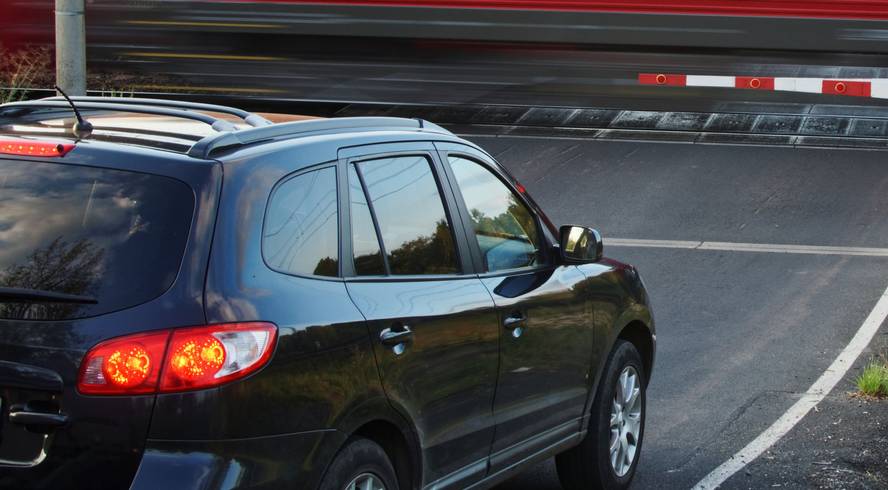Low speed electric vehicle
For a few years now we have been waiting for the presence of electric vehicles to be apparent in our cities, towns and roads. Many I thought, or perhaps they would have us believe, that the electric vehicle would replace the vehicle fleet that existed until now, that is, the combustion engine vehicles that pollute the environment, both petrol and diesel, would disappear. But the current reality is very different.
However, it seems that large automotive companies are increasing the production and marketing of electric vehicles, but not at the speed expected a few years ago. The sale of electric vehicles, albeit slowly, is increasing. Looking at sales data in March, for example, according to ACEA (European Automobile Manufacturers’ Association), 24.3% of cars sold have been hybrid and 13.9% have been elliptical.
Due to the climate crisis and the latest energy crisis, some countries have announced their firm intention to withdraw from the market combustion vehicles using fossil fuels in the very short term. The United Kingdom, for example, has a time horizon of 2030.
Faced with this intention and prediction, in the present reality there are no alternative lights to combustion vehicles. Concerning the technology of electric cars, manufacturing costs, the shortage of raw materials needed for the manufacture of electric motors and batteries, low autonomy and the lack of vehicle charging infrastructure make it difficult to completely replace these vehicles with combustion engines using fossil fuels.
At the moment, electric cars are very expensive and, from the point of view of their use, users who choose them will have problems. On the one hand, the average autonomy of electric vehicles available on the market is 250 to 300 kilometres. On the other hand, if we look at the charging infrastructure, connected to the normal power supply we have in our homes, the battery takes about 10 hours to charge, and if we don't have any other consumer device connected with a contracted conventional power, this is a problem for many users. Therefore, in addition to the economic effort involved in buying a new car, account must be taken of these inconveniences of the lack of autonomy and the load point.
In order to resolve this situation, major investments in charging infrastructure for electric vehicles are being made in most of the countries of the European Union, but at the moment they would not be enough if the millions of vehicles we currently have on roads were electric.
On the other hand, given that all this has as its primary objective to promote environmental protection and reduce pollution levels, there are doubts about the carbon footprint of electric vehicles, and there is still a long way to go in research into the reuse and recycling of batteries.
I would therefore dare to say that we are not going to see a massive influx of electric vehicles, although at present it seems that it is intended to replace diesel and petrol vehicles. It will not be a rapid change, and in other technologies such as hydrogen stack, fuel symptoms, etc., automotive industries will have to take significant steps if they want to maintain their current economic potential.
However, we may not forget that all these technological developments will be in the interests of governments and companies with great economic power. If it is up to us, ordinary users, to protect our environment and pollute less, it would perhaps be more effective if we started making changes on our own in social organization, consumption habits and mobility models.







